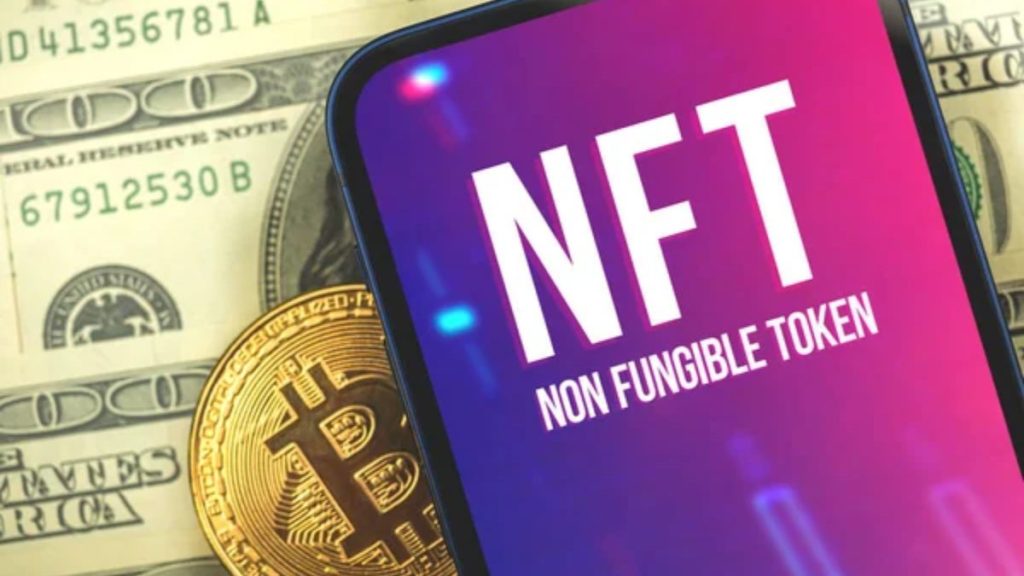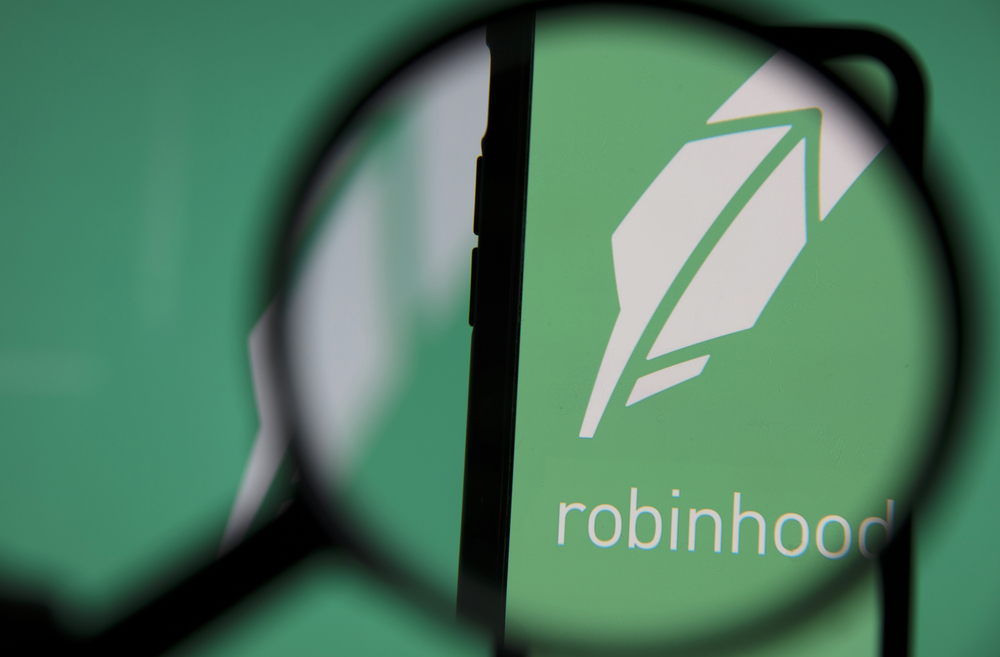In recent years, non-fungible tokens (NFTs) have completely changed the way we think about digital ownership and value. These distinctive tokens, which are created to symbolize a particular digital item, such as a work of art, a piece of music, or a video game, have grown in popularity as a result of their ability to convey rarity and uniqueness in the digital world.
As opposed to conventional cryptocurrencies like Bitcoin and Ethereum, NFTs have their own unique worth and are not transferable. The market demand for each asset that a particular NFT represents determines the value of that item. This makes Non-Fangible Tokens perfect for representing rare or unique digital assets, such as limited-edition music records or one-of-a-kind works of art.
The NFT market has grown rapidly over the past few years, with millions of dollars being spent on digital assets such as artwork and music albums. The market has been driven by several factors, including the rise of blockchain technology, the growing popularity of cryptocurrencies, and the increasing interest in digital art and collectibles.
While the NFT market has certainly seen impressive growth, there are also concerns and limitations to consider. The following article will give you the necessary information for understanding the NFT market, so let’s dive right in!
Contents
What are Non-Fungible Tokens?

NFTs are created and stored on a blockchain, which is a decentralized digital ledger that records transactions. Each NFT is guaranteed to be unique and impossible to copy or tamper with thanks to the blockchain. The most widely used blockchain for NFTs is Ethereum, which offers a solidity-based programming language that enables the development and deployment of smart contracts.
The idea of fungibility must first be understood to comprehend NFTs. The ability of an asset to be exchanged for another one with equivalent value is referred to as fungibility. For instance, money is fungible because it is possible to swap one dollar note for another of equivalent worth. A non-fungible asset, on the other hand, is special and cannot be traded for another asset of equivalent value.
The two types of tokens in the Bitcoin industry are fungible and non-fungible. Like Bitcoin and Ethereum, fungible tokens may be exchanged for one another and are equal in value to other tokens of the same kind. On the other side, non-fungible tokens stand for distinctive assets that are not convertible into other tokens of the same value.
NFTs vary from other token kinds since they represent a particular asset rather than money or another kind of fungible assets, such as a work of art or a collector object. Each NFT is distinct and has a distinct value that is based on market demand.
One of the most well-known examples of NFTs in the real world is the sale of digital artwork by the artist Beeple for over USD 69 million in March 2021. The artwork, titled “Everydays: The First 5000 Days” was sold as an NFT, making it the most expensive NFT ever sold.
Game assets, such as rare skins or weaponry, and collecting objects, such as trading cards or stamps, are other instances of NFTs in the real world. NFTs may also be used in the music sector to denote ownership of exclusive goods or concert tickets.
The environmental effect of NFTs is one of the key issues since it takes a lot of energy to create and store NFTs on the blockchain. The possibility of fraud and frauds in the NFT market, as well as problems with copyright and ownership of digital goods, are further worries.
Despite these concerns, many people in the crypto community and others are nonetheless interested in learning more about NFTs. NFTs are expected to find new and creative uses as technology advances, creating new opportunities for ownership and value in the digital world. It’s important to follow the evolution of NFTs and their possible effects on the world of digital assets, whether you’re a collector, artist, or simply interested in the world of cryptocurrencies.
How to enter the NFT Market?
The world of non-fungible tokens (NFTs) has been rapidly growing in popularity, offering unique and valuable digital assets to collectors and investors. As more people become interested in the NFT market, it can be challenging to know where to begin. With the right knowledge and tools, entering the NFT market can be an exciting and rewarding experience.
Step 1: Choose a marketplace
Research and select a reputable NFT marketplace that aligns with your interests and goals.
Step 2: Set up a wallet
Create a digital wallet that supports the blockchain used by your chosen marketplace, such as Ethereum or Binance Smart Chain.
Step 3: Fund your wallet
Add cryptocurrency to your wallet to use for purchasing NFTs.
Step 4: Browse NFTs
Browse the NFT marketplace and explore the available options. Look for NFTs that align with your interests and budget.
Step 5: Purchase or Create an NFT
Once you’ve found an NFT you want to purchase, follow the steps to buy it using your wallet funds. If you wish to develop an NFT from scratch yourself, you will need to use an NFT creation platform such as OpenSea, Rarible, or Mintable to upload your digital asset and create the NFT.
Step 6: Participate in the community
Engage with the NFT community by attending events, following NFT artists and collectors on social media, and sharing your own NFT experiences.
What is the Technology behind NFTs?

The process of creating an NFT involves minting a new token on the blockchain and assigning it a specific value. The value of an NFT is typically determined by market demand, which can fluctuate depending on factors such as rarity, popularity, and perceived value.
One of the key benefits of using blockchain technology for NFTs is that it provides a secure and transparent way to store and verify ownership of digital assets. Because each NFT is stored on the blockchain, it can’t be duplicated or forged. Additionally, the blockchain provides a permanent record of ownership that cannot be altered or tampered with.
However, there are also some drawbacks to using blockchain technology for NFTs. One of the main concerns is the environmental impact of creating and storing NFTs on the blockchain, as the process requires a significant amount of energy and computing power. Another concern is the potential for technical issues or bugs in the blockchain software, which could result in lost or stolen NFTs.
Despite these concerns, the market for NFTs has exploded in recent years, with high-profile sales and auctions driving up demand and prices. Some of the most notable NFT sales include digital artwork by artists like Beeple, as well as collectibles and game items. The market for NFTs is expected to continue growing as more industries begin to explore the potential uses of this technology.
Overall, the technology behind NFTs is complex and rapidly evolving. While there are certainly challenges and limitations to consider, the unique benefits of blockchain technology make NFTs an exciting development in the world of digital assets.
What is the Role of NFTs in the Crypto World?
In recent years, non-fungible tokens have become a key advancement in the crypto sphere. NFTs allow artists and collectors to market and control their digital assets securely and transparently by providing a mechanism to generate digital scarcity and ownership of distinctive digital assets.
The art market is one of the main uses for NFTs in the crypto sphere. NFTs have given artists a new method for selling their digital artwork without the help of conventional art galleries and merchants. NFTs provide artists more control and ownership over their works by making it easier and more transparent for them to monetize their productions.
NFTs also play a part in the music business in the crypto sphere. The way musicians sell and disseminate their music has the potential to undergo a revolution thanks to NFTs. NFTs can stand for distinctive tracks or albums, giving musicians a means to market their work to listeners directly. With less reliance on streaming services and record companies, this might help musicians establish more equal revenue sources.
Overall, NFTs play a role in the crypto realm by offering a novel, safe, and transparent method for creating and monetizing digital assets. NFTs are anticipated to have a huge influence on the whole digital economy and have already had a substantial impact on the art world. In the years to come, it’s conceivable that new and inventive use cases for NFTs will arise as the technology progresses.
NFT Market Situation
The NFT market is now seeing fast expansion and rising investor and collector interest. The NFT market had phenomenal growth in the first half of 2021, with sales exceeding USD 2 billion, up from just USD 13.7 million in the same period of 2020.
However, the market for NFTs is still relatively new and faces challenges such as high gas fees, which can make transactions expensive, and the issue of environmental sustainability due to the energy consumption required for blockchain technology.
Additionally, there is a concern that the market for NFTs may be a bubble, with prices driven more by hype and speculation rather than underlying value. As with any emerging market, there is also the risk of scams and fraud.
Despite these challenges, the NFT market shows no signs of slowing down, with new and innovative use cases for NFTs emerging regularly. As the technology and market mature, it will be interesting to see how NFTs evolve and whether they will become a significant part of the broader digital asset ecosystem.
Future of NFTs
Despite these difficulties, the future of NFTs is bright. We may anticipate the emergence of new and creative applications as more sectors start to investigate the possible applications of NFTs. There is also talk of combining NFTs with other cutting-edge technologies like augmented reality and virtual reality, which would open up new avenues for digital ownership and immersion.
Even though NFTs might have a good future ahead of them, yet there is a wide range of possible applications for them. To create a reliable and long-lasting ecosystem for digital ownership, it will be critical solving the issues and constraints that surface as the market for NFTs develops further.
Conclusion
In conclusion, non-fungible tokens (NFTs) have become a fresh and intriguing asset class, providing special chances for digital innovators, collectors, and investors. As we’ve shown in this post, the non-fungibility of NFTs sets them apart from other token kinds and adds to their value as unique digital assets. Anyone interested in exploring this new territory must have a solid understanding of the technology underlying NFTs, the market’s present position, and how to get started.
While the NFT market is still in its early stages, it is rapidly evolving, and there is no doubt that NFTs will play an increasingly important role in the digital economy in the years to come. Anyone may take part in the fascinating world of NFTs and perhaps profit from their distinctive value propositions by adhering to best practices and remaining current with the most recent advancements.
FAQ
How are NFTs different from cryptocurrencies?
While cryptocurrencies are fungible and can be exchanged for each other, NFTs are non-fungible and represent one-of-a-kind digital assets.
What can be turned into an NFT?
Almost anything that exists in digital format can be turned into an NFT, including artwork, music, videos, tweets, and virtual real estate.
What are the risks of investing in NFTs?
As with any investment, there are risks involved in investing in NFTs, such as volatility, fraud, and legal issues. It is important to do your own research and only invest what you can afford to lose.



